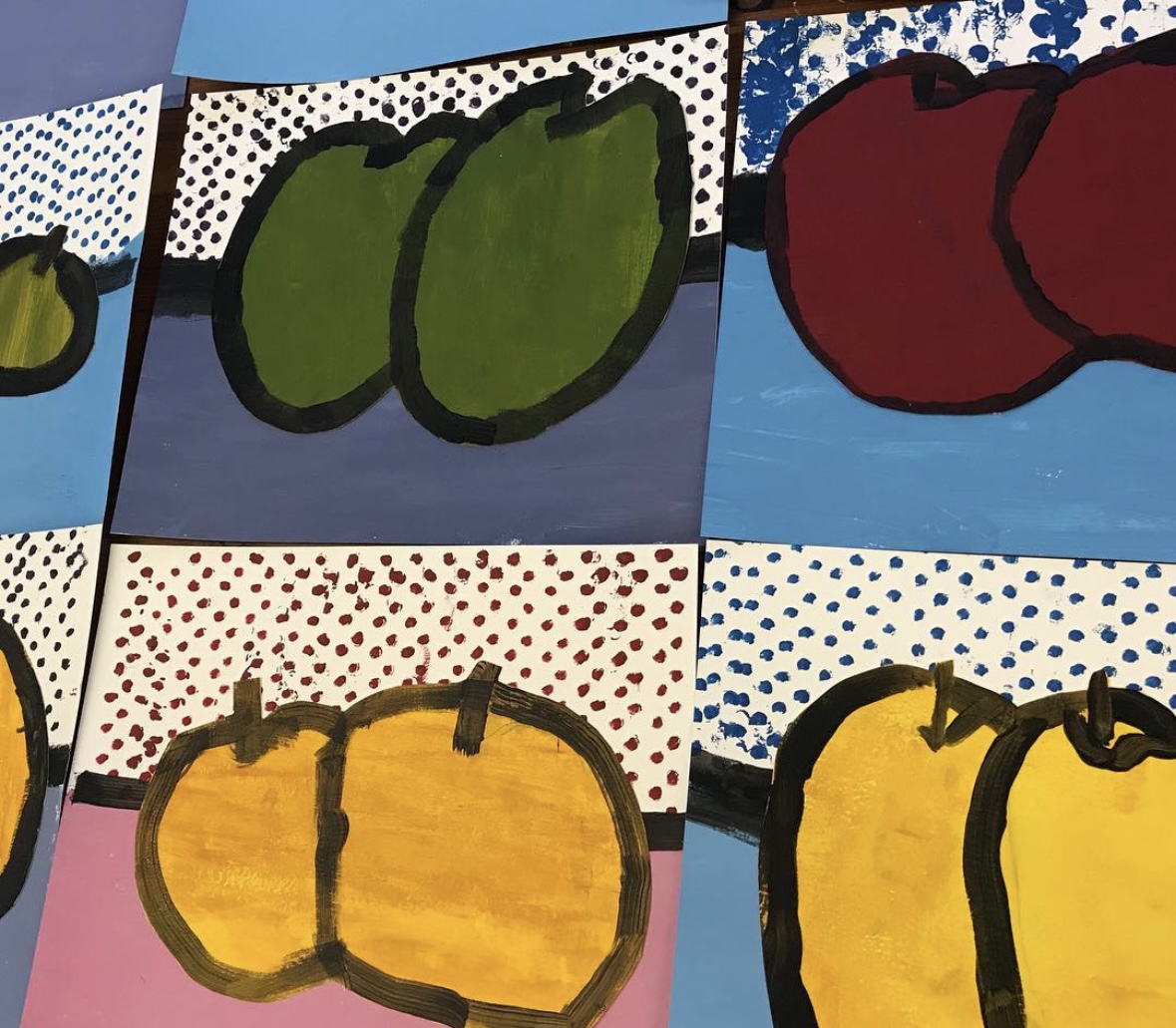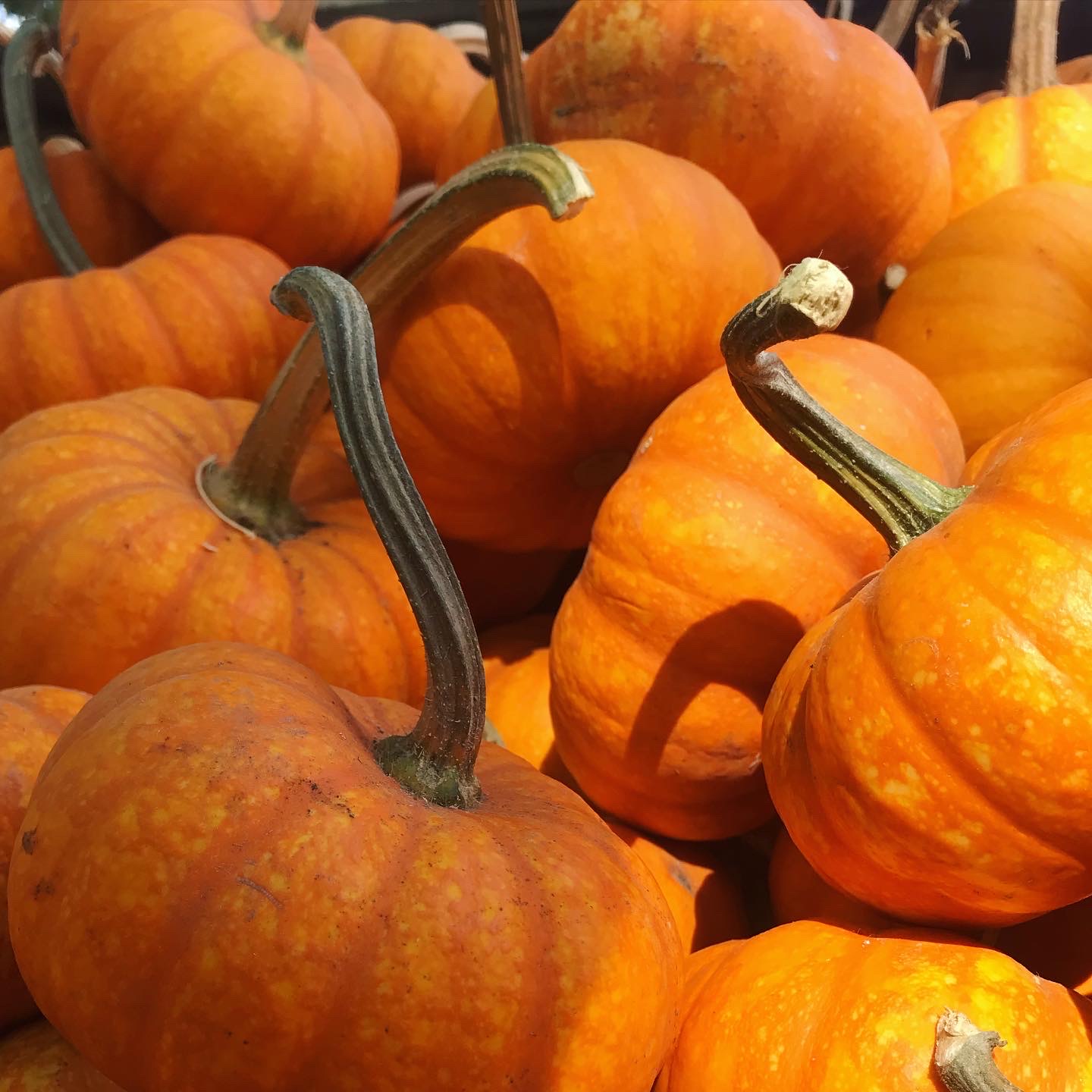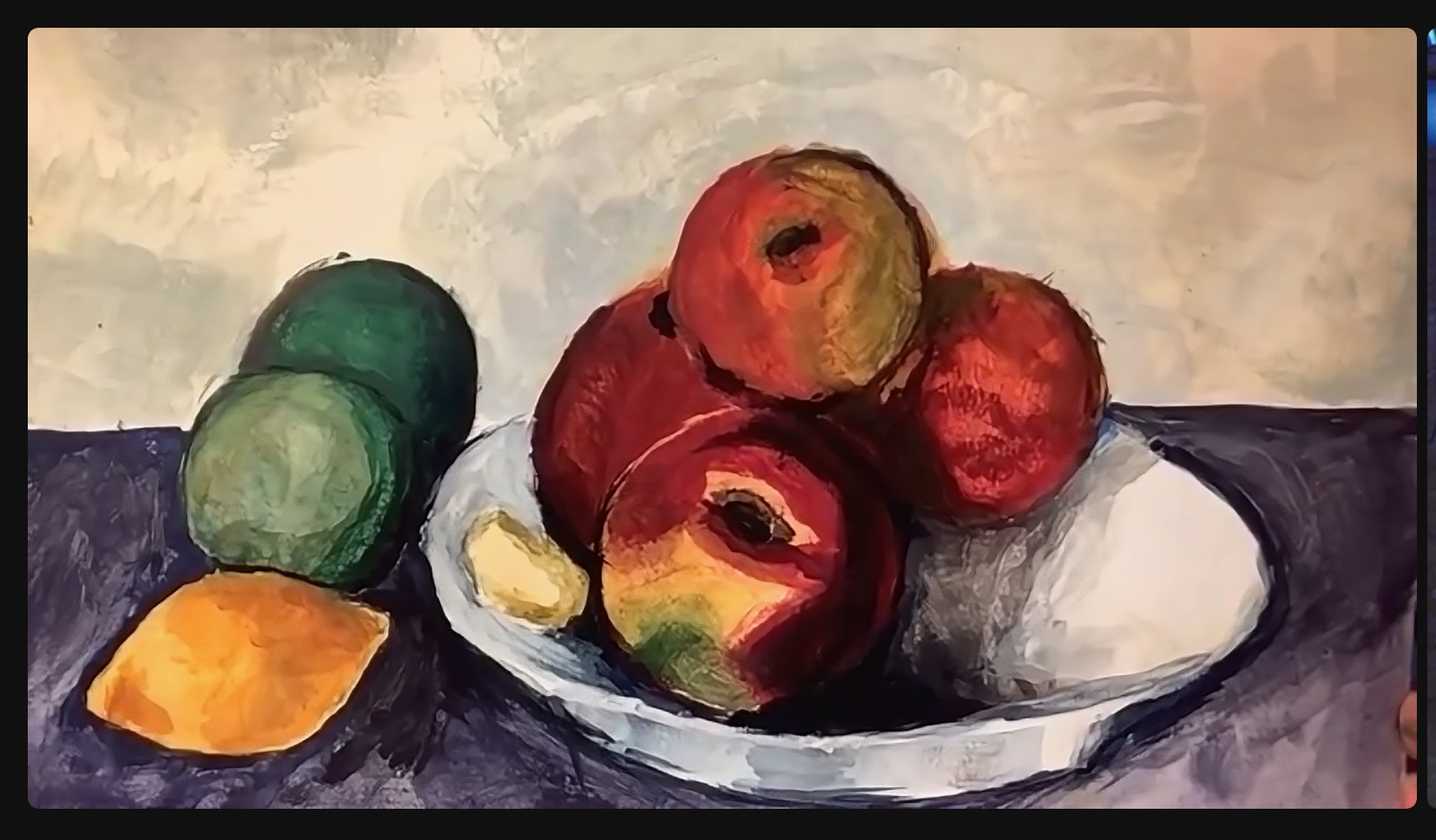
While cleaning out a closet I found some treasure! Real writing gold. A stash of letters my mother had written to my father over the course of a year while she was simultaneously raising 4 children and trying to sell our house in North Carolina. My father was out west in California building a new house in the 1960’s. As I read through these seven letters (as well as a few my older brother and sister had written to him), I was instantly transported back to my childhood in that small town as my mother was reporting on each child and all the goings-on of friends and close relatives like my grandmother and my aunts and uncles.
I was struck how writing letters is a record in time, an anchor to the shifting sands of time, people and places.
This led me to realize how much we forget from the past and how our lives change so much. How could we not change as we age? Each life stage changes us—education marriage, raising family, careers, possible trauma, big life changes, and so on.
And then I found another letter that really hit my heart.
This is a letter I wrote to a beloved aunt all about the man I was dating at the time (late 70”s), named John. I was trying to convey matters of my heart and all my feelings about dating him and wondering if he was the one? I have never been a journal keeper, so these letters are all I have to remember who I was at that time.
I fear letter writing and all its myriad benefits have fallen away to the convenience of email and texting but it’s not the same. I can feel my mother’s love through that beautiful penmanship and the slow deliberate retelling of stories and gossip. I can imagine my father working alone up on the mountain, pulling up a paint can to sit upon while reading about his wife and children. There is so much love and longing in those letters flowing from the tip of that pen.
I am happy to report that my daughter was pen pals with her grandfather all through her childhood, as he was living a nomadic life in the desert, sending her sweet letters with little desert creature drawings imbedded. And at 30 she corresponds regularly with my cousin who is 45 years her senior! They share a love of travel and always send post cards from far flung places on the globe.

No wonder letters are regularly studied by historians to learn facts about the people and subjects they are writing about. Where would we be without Van Gogh’s wonderful letters to his brother Theo and all the insights contained therein? Or Emily Dickinson’s thousand extant letters (experts believe there were thousands more) that reveal her interests and profound feelings, which obviously informed her poetry and life? Or all the WWII letters written by soldiers to their mothers and fathers and wives? These letters are obviously invaluable.
So we at Blackbird and Company want to encourage the art and gift of letter writing! We have some brand new FREE resources—Letter Writing and Letterforms—to help you establish the very fun and rewarding endeavor that is letter writing.
Happy Holiday Season to you all!
~Sara



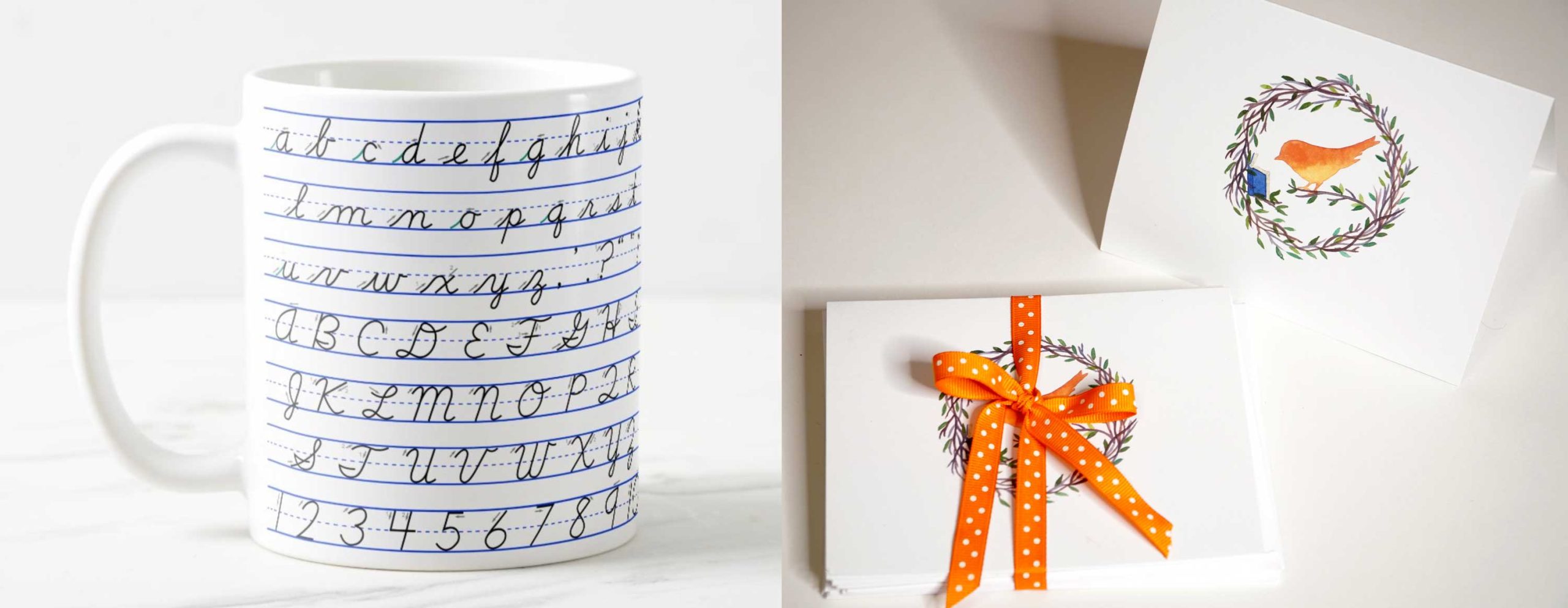
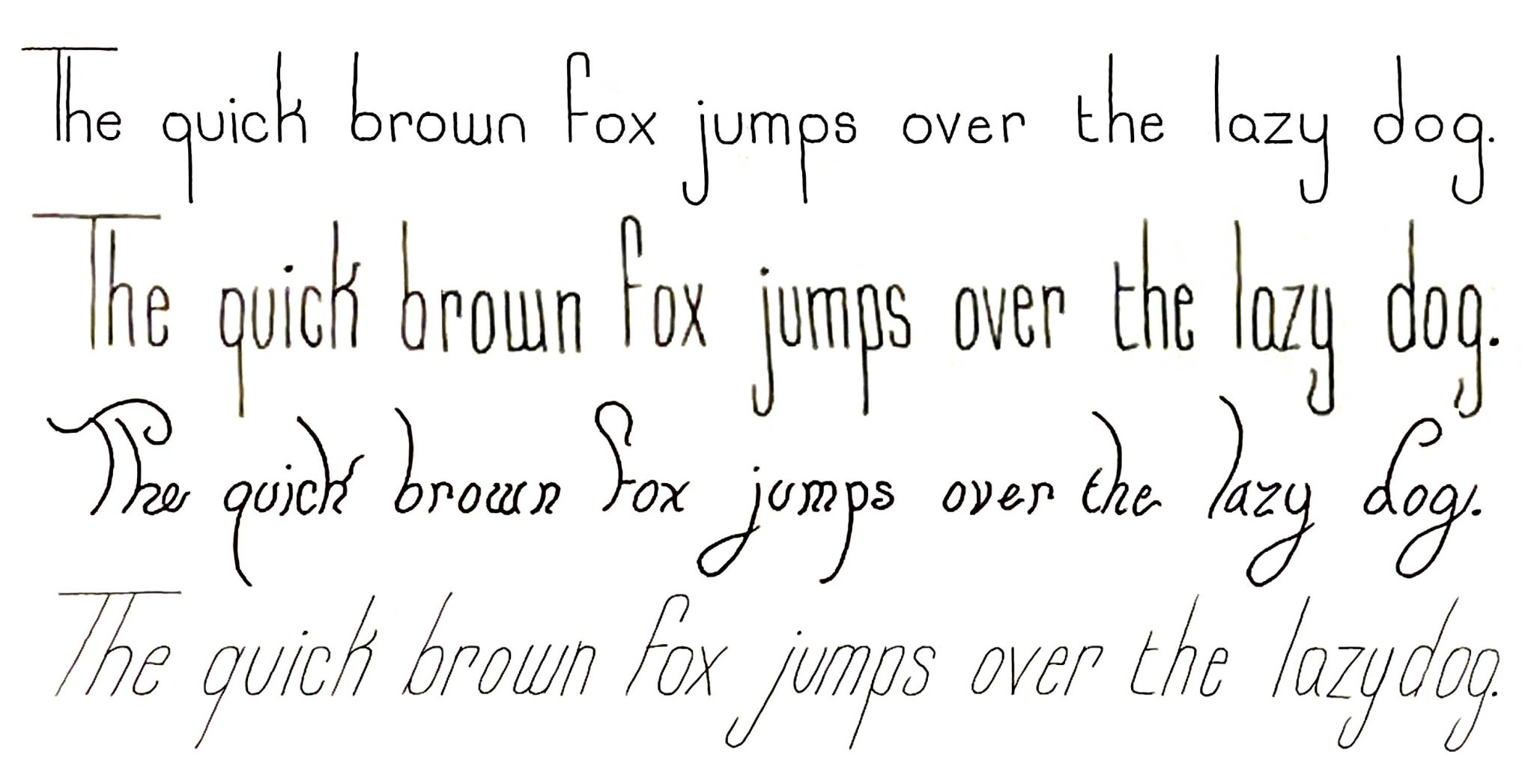








 Let’s start a tradition!
Let’s start a tradition!



